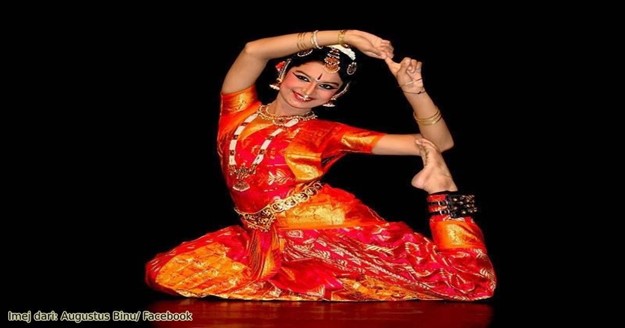ARTS AND CULTURE INFORMATION GATEWAY
Immerse yourself in the colorful world of art and culture! From traditional heritage to contemporary works, discover uniqueness that reflects the nation's identity and identity
TARIAN BHARATANATYAM (PULAU PINANG)
Picture
2
Video
Available
Today's Visitor
5
Number of Visitors
1216
Introduction and history
Bharatanatyam (also spelled Bharata Natyam) is one of the seven classical dance styles of India. In addition to Bharatanatyam, other classical dances include Odissi, Mohiniattam, Kathak, Kathakali, Kuchipudi, and Manipuri. This dance originated from the Tamil Nadu region in South India. Traditionally, Bharatanatyam is performed as a solo dance by female dancers. A complete performance includes six stages: Alarippu, Jatiswaram, Sabdam, Varnam, Padam, and Thillana. These stages combine elements of Nritta (pure dance) and Nritya (expressive dance).
-Religious and sacred elements
-Preserving a culture closely connected to ancient literary texts
-From a performance art perspective, showcasing the uniqueness of traditional Indian dance through the ages
-The basic set consists of dhoti pants, which are wide and pleated at the bottom, and a corset worn on the inside.
-A pleated fan-shaped skirt is worn, and the pleated tie is placed on top of the skirt, followed by a gold-colored metal belt.
-A decorative piece covering the shoulders and chest.
-A long necklace and a choker.
-Rings.
-Bracelets and anklets (with 40 bells on both sides).
-Nathu, which are nose rings, and long ear studs.
-Head ornaments, including surya (placed on the right) and chandra (placed on the left).
-The flower garland is an important adornment to complete not only the accessories of women (dancers) but also to signify devotion to God and a symbol of respect for others. The flowers that are typically worn include:
-Jasmine, champak, chrysanthemum, rose, and jasmine.
It is performed solo by a female dancer. A complete performance includes six stages: Alarippu, Jatiswaram, Sabdam, Varnam, Padam, and Thillana. These stages combine elements of Nritta (pure dance) and Nritya (expressive dance). Bharatanatyam is a "storytelling art," originally an expression of "devotion to the Hindu gods," and is heavily influenced by Hindu religious elements as well as stories from the ancient Sanskrit text Natyashastra.
-
Reference Source
i. Bahan Bacaan:
https://www.youtube.com/watch?v=yd2a5EODeW8
https://www.scribd.com/document/487859695/Kostum-Bharatanatyam
Location
State JKKN Contact Information
Zurairi bin Hanip
Cultural Officer
Jabatan Kebudayaan dan Kesenian Negara, Pulau Pinang
Kompleks Pustaka Warisan Seni,
Lot No. 2180 Lintang P. Ramlee,
Off Jalan P.Ramlee
10460 PULAU PINANG
04-281 7791 /7792
Use the form below to contact the Informant/Figure/Editor/Researcher directly. We will respond to your inquiry as soon as possible!

 36, Tingkat Berani 2, Jalan Mohd Saad, 12300 Butterworth, Pulau Pinang.
36, Tingkat Berani 2, Jalan Mohd Saad, 12300 Butterworth, Pulau Pinang.






